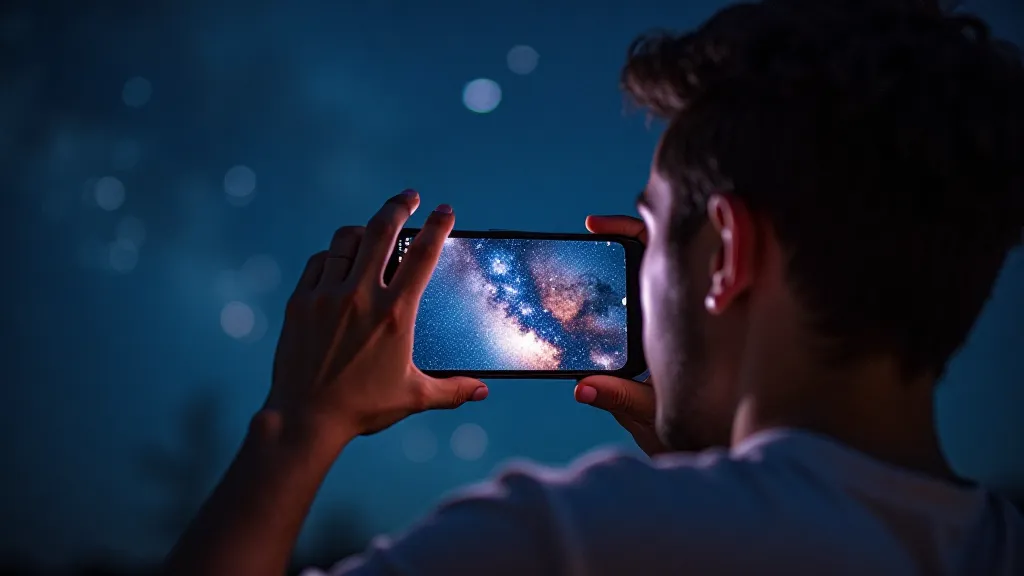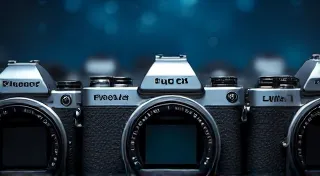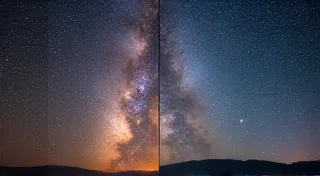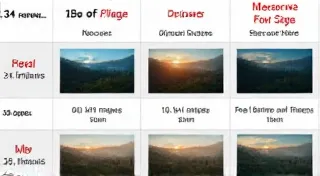Astrophotography for Smartphones: Tips and Tricks
Surprisingly, you can capture stunning night sky images with just your smartphone! While dedicated astrophotography equipment offers incredible results, modern smartphone cameras are surprisingly capable. This guide will break down the basics and provide tips for capturing breathtaking images of the night sky using your mobile device.
Understanding the Challenges
Smartphone astrophotography isn't as simple as pointing and shooting. Several factors can hinder your success:
- Low Light Sensitivity: Smartphones struggle with capturing faint light from celestial objects.
- Limited Control: You have less control over settings like ISO and shutter speed compared to dedicated cameras.
- Image Stabilization: Even slight movements can blur images during long exposures.
- Lens Limitations: Smartphone lenses typically have smaller apertures and fixed focal lengths.
Essential Equipment (Beyond Your Phone)
While your smartphone is the core, a few accessories can significantly improve your results:
- Tripod: Absolutely essential! Even the slightest movement will ruin a long exposure. A small, portable tripod is ideal.
- Smartphone Mount: A secure mount to attach your phone to the tripod is a must.
- Remote Shutter (Optional): A Bluetooth remote shutter prevents camera shake when pressing the shutter button.
- Power Bank: Long exposures drain your phone's battery quickly.
Camera Settings & Techniques
Let’s dive into the settings you’ll want to adjust (if your phone’s camera app allows it):
- Pro Mode/Manual Mode: If your phone has one, use it! This grants you more control over settings.
- ISO: Start with a low ISO (e.g., 100 or 200) to minimize noise. Gradually increase it if necessary, but be aware of increased noise.
- Shutter Speed: Experiment! Start with 1-5 seconds and increase as needed. Longer exposures capture more light but risk blurring from movement.
- Focus: Manual focus is key. Tap on a bright star to focus. This can be tricky, so take multiple shots and review them.
- White Balance: Experiment with different white balance settings (Auto, Daylight, Tungsten).
- RAW Format: If available, shoot in RAW format. This preserves more image data for processing.
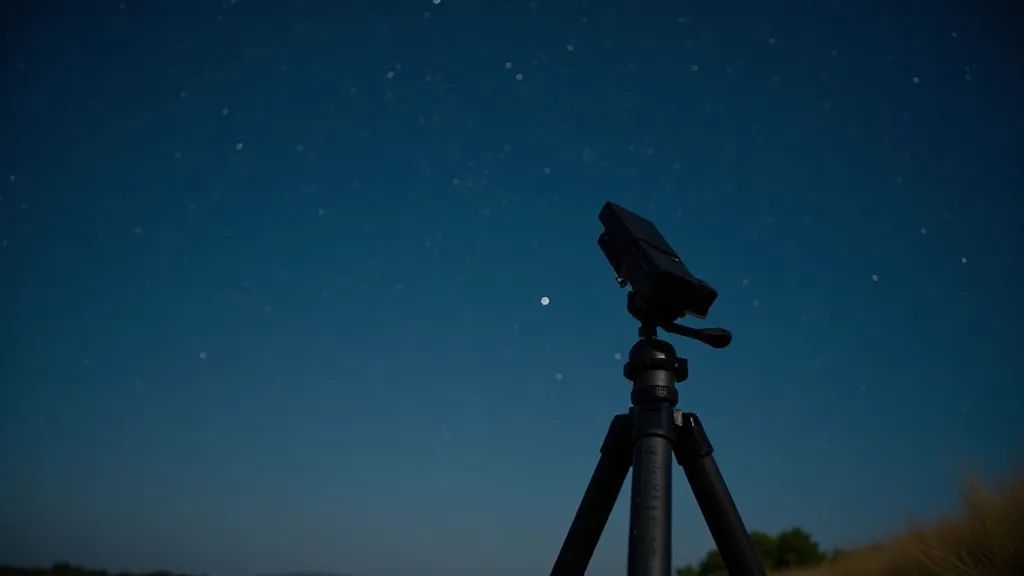
Composition Tips
Just like with landscape photography, composition matters!
- Foreground Interest: Include interesting foreground elements (trees, rocks, buildings) to add depth and scale.
- Rule of Thirds: Position celestial objects along the rule of thirds grid for a more balanced image.
- Horizon: Consider the placement of the horizon line. A low horizon can emphasize the vastness of the night sky.
Image Processing
Post-processing is crucial for bringing out the details in your smartphone astrophotography images. Free and paid apps are available for this:
- Snapseed: A powerful and free mobile editing app.
- Adobe Lightroom Mobile: A comprehensive mobile editing suite (subscription required).
Beyond simple adjustments, consider how your processing choices can influence the impact of your image. Do you want to showcase the ethereal glow of the Milky Way, or emphasize the detail in a planetary nebula? Understanding how different software and techniques affect your final result is a key aspect of developing your personal astrophotography style. For many, the journey of learning these techniques begins with mastering the basics, but increasingly, photographers are exploring more advanced workflows to really bring out the subtleties of the night sky. If you're new to the world of image editing and want to understand the fundamental principles of how to create visually stunning results, exploring sharing your astrophotography online and learning from others can be incredibly valuable.
Common adjustments include:
- Exposure: Brighten or darken the image.
- Contrast: Adjust the difference between light and dark areas.
- Highlights & Shadows: Recover detail in bright and dark areas.
- Noise Reduction: Reduce image noise.
- Color Correction: Fine-tune the colors.
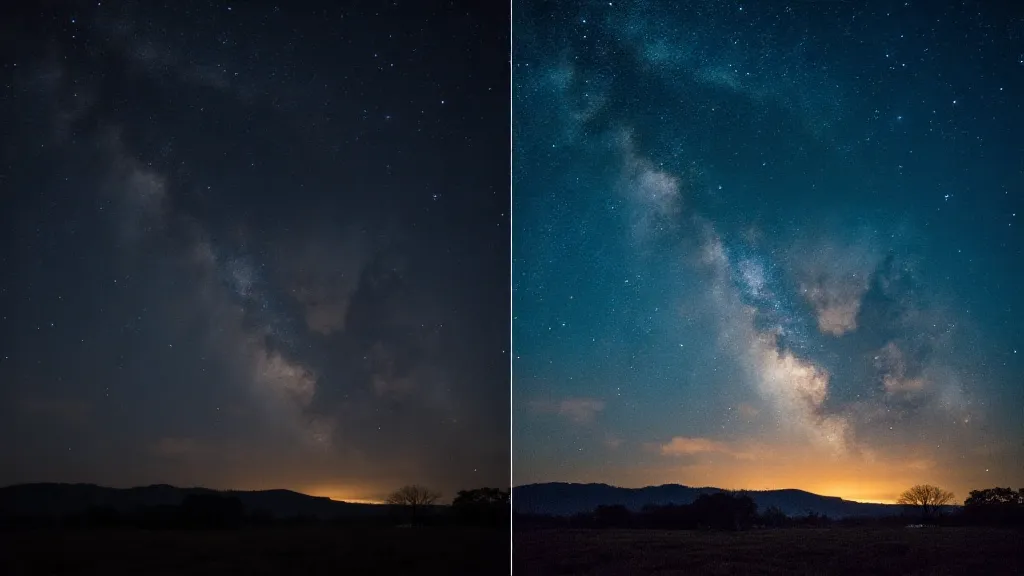
Beyond Smartphones: Expanding Your Astrophotography Toolkit
While smartphone astrophotography offers a convenient entry point, there's a whole world of equipment and techniques to explore as you progress. The ability to control exposure, ISO, and focus is paramount, and this often leads photographers to consider dedicated cameras. Many ultimately find themselves wondering what equipment to choose. For those seeking to capture details of planets like Jupiter and Saturn, understanding the fundamentals of planetary astrophotography becomes essential. As your interest grows, you might find yourself drawn to more specialized techniques and equipment. It’s also vital to remember that responsible astrophotography extends beyond the technical aspects—being mindful of dark sky preservation and practicing proper etiquette contributes to the sustainability of this incredible hobby.
Practice and Patience
Smartphone astrophotography requires practice and patience. Don't be discouraged if your first attempts aren't perfect. Experiment with different settings and techniques, learn from your mistakes, and most importantly, enjoy the process of capturing the beauty of the night sky! It’s also crucial to be mindful of the environments you’re photographing in. Respecting dark skies and fellow photographers is vital for preserving the wonder of the cosmos and fostering a supportive community. Following good astrophotography etiquette ensures everyone can enjoy the beauty of the night sky. Furthermore, sharing your knowledge and experiences with others contributes to a thriving astrophotography community, allowing everyone to learn and grow together.
